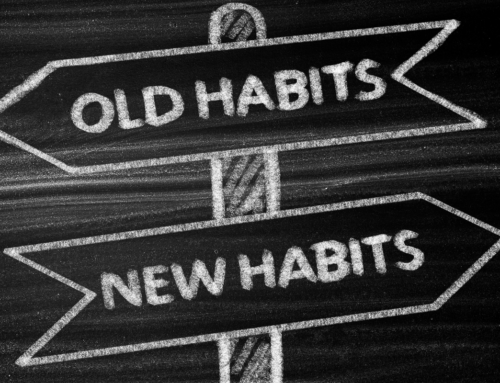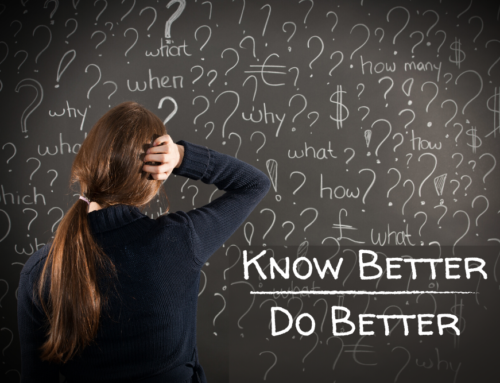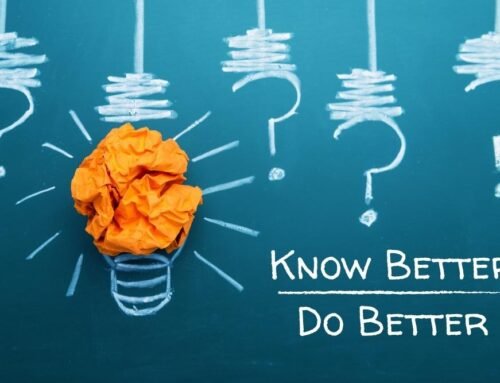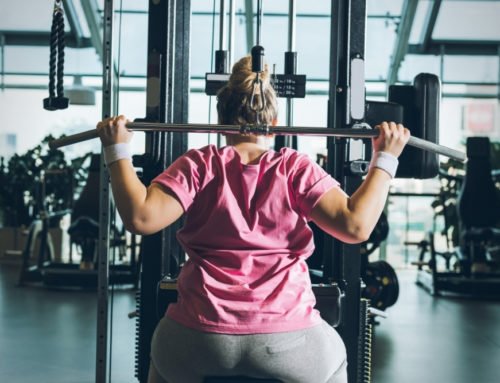When you’re striving to have a well-balanced exercise routine, you probably keep the Big Three activity categories in mind: aerobic/cardiovascular exercise, strength/resistance training, and stretching/flexibility. But to be truly balanced, you need to also include exercises for, you guessed it, balance.
Each of us has our own innate sense of balance, but no matter where we start from, we can improve. My balance was never the greatest, but it got way worse (on one side) after I broke my left ankle. I really didn’t appreciate the importance of good balance until I was actively working to rehab that ankle and get my balance on that leg back to “normal.” From there, I realized that my “normal” wasn’t good enough for my liking, so even though I’m way past rehab exercises, I make a point of incorporating balance-improving moves in almost every activity I do:
- Walking. This may not seem like it has anything to do with balance, but have you ever watched someone who is extremely sedentary (due to advanced age or serious illness) try to walk? They look like they are in danger of falling over at any second. Balance is a multifaceted thing that involves many parts of you (muscles, nerves, inner ear, etc.) working together to keep you properly oriented in space. The simple act of going for regular walks helps support that.
- Free weights. When you opt for free weights (or body weight) over machines for your strength training, you gain more than just muscle tone and strength, you gain balance. There are no machine parts holding things in a certain place…it’s all up to you. I like to up the ante by incorporating moves that challenge my balance further: one-legged deadlifts and squats, lunges and stability ball exercises.
- Yoga. This is a great way to progressively improve your balance. Simpler moves like the warrior poses require some balance, but harder moves like tree pose, half-moon pose and standing splits will make all but the balance savants wobble like a weeble at first. When you finally can hold these poses for a reasonable length of time, it’s pretty exhilarating!
- Dance. I love Middle Eastern dance for many reasons (the music, the creative expression, the costumes), but also because it adds something very unique to my “total exercise package.” It works out the muscles of the torso in a way that ab exercises never will, and it requires balance, especially when you get beyond drilling basic moves and start practicing choreography. Some styles of this diverse dance form have you up on your toes a lot, which is of course challenging if your balance isn’t so hot. I have little-to-no experience with other dance forms, but I’m guessing they would provide similar balance benefits.
I haven’t studied martial arts (other than dabbling in one Tai Chi class many, many years ago), but I’m guessing that those would do quite a bit for balance, too. Formal exercise aside, there is something to be said for incorporating little bouts of balance into your day-to-day life. Practice standing on one foot while waiting in line, brushing your teeth, talking on the phone. It may seem silly, but do it enough, and the benefits will accrue.
Improving and maintaining balance becomes very important with age, as poor balance can make daily activity more difficult and increase the risk of falls and fractures. But people of all ages can benefit from improving their balance. As with many things, it’s never too late to start boosting your balance, but earlier is better than later!







